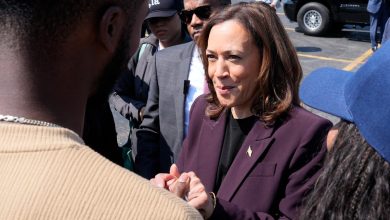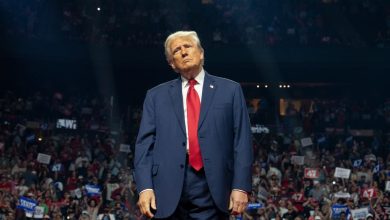Biden has ended his re-election campaign. What happens next to the delegates, war chest, and presidency?
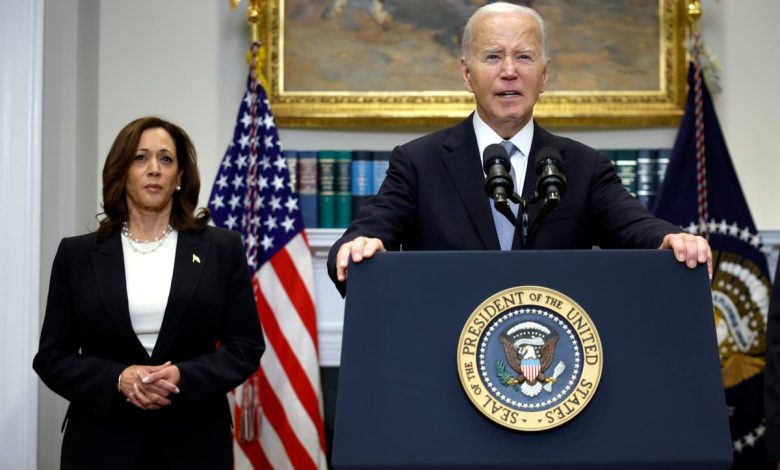
President Joe Biden will not be the Democratic Party’s nominee to face Donald Trump in 2024.
So who is?
All eyes will be on Democratic officials, poll results, major donors and the president himself in an unprecedented shakeup that could reshape the next four to eight years of American politics.
President Biden is endorsing Vice President Kamala Harris to face their Republican rival, but she is not formally the party’s nominee, and there remains a brief window until the Democratic National Convention in August for other candidates to weigh their chances.
Is Biden still president?
Yes. Biden will enter his so-called lame-duck period as he finishes the remainder of his term, which ends on January 20, 2025, when the next president will be inaugurated.
Election Day is on November 5, the last day to cast ballots in the presidential race. Early voting periods for most states begin in October.
Is Kamala Harris the nominee?
No. At least not yet.
Biden has endorsed his vice president for the party’s nomination, but that process won’t be formalized until the Democratic National Convention in August.
The president’s announcement of the end of his re-election campaign and his endorsement of Harris on July 21 has rallied other prominent Democratic officials to her candidacy. Before she announced her candidacy, she drew the immediate support of Bill and Hillary Clinton and key members of Congress, including the influential Congressional Black Caucus.
Hours later, Harris herself announced she would be seeking the nomination.
“I am honored to have the President’s endorsement and my intention is to earn and win this nomination,” she said in a statement.
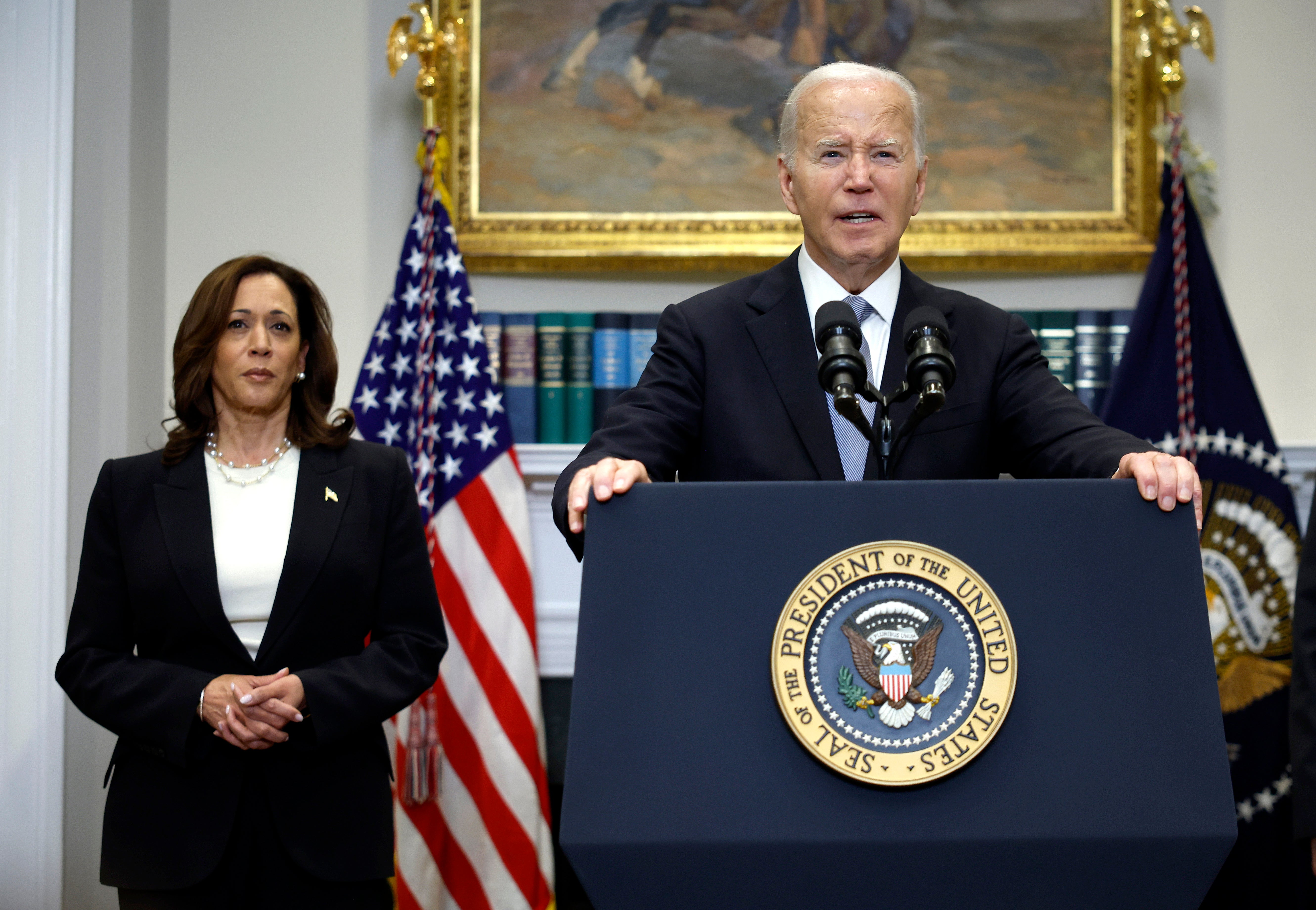
“Over the past year, I have traveled across the country, talking with Americans about the clear choice in this momentous election. And that is what I will continue to do in the days and weeks ahead,” she added. “I will do everything in my power to unite the Democratic Party — and unite our nation — to defeat Donald Trump and his extreme Project 2025 agenda. We have 107 days until Election Day. Together, we will fight. And together, we will win.”
It will be up to Harris to select her running mate, who could be announced in the run up to the Democratic National Convention, where the party officially unites behind a candidate.
This year’s convention in Chicago is from August 19 to August 22.
What happens at the convention?
Roughly 4,000 Democratic delegates out of 4,700 have pledged to support Biden after he effectively swept primary elections, which was expected for a sitting president, though he faced long-shot challenges from a handful of Democratic campaigns and an “uncommitted” protest vote against his support for Israel’s war in Gaza in the hopes of demanding US support for a ceasefire.
Before he announced he was hanging up his campaign, Biden said delegates headed to the Democratic National Convention are free to “do what they want,” and there is no guarantee that all will coalesce around Harris at this point.
The Democratic National Committee is pledging a “transparent and orderly process to move forward as a united Democratic Party with a candidate who can defeat Donald Trump in November,” according to chair Jaime Harrison.
“This process will be governed by established rules and procedures of the Party. Our delegates are prepared to take seriously their responsibility in swiftly delivering a candidate to the American people,” Harrison said in a statement following Biden’s announcement.
“In short order, the American people will hear from the Democratic Party on next steps and the path forward for the nomination process,” he added.
Under convention rules, those already-pledged Biden delegates are now effectively free agents who are not formally obligated to support Harris.
A candidate would need at least 300 signatures from delegates at the convention, with no more than 50 delegates pledged per state.
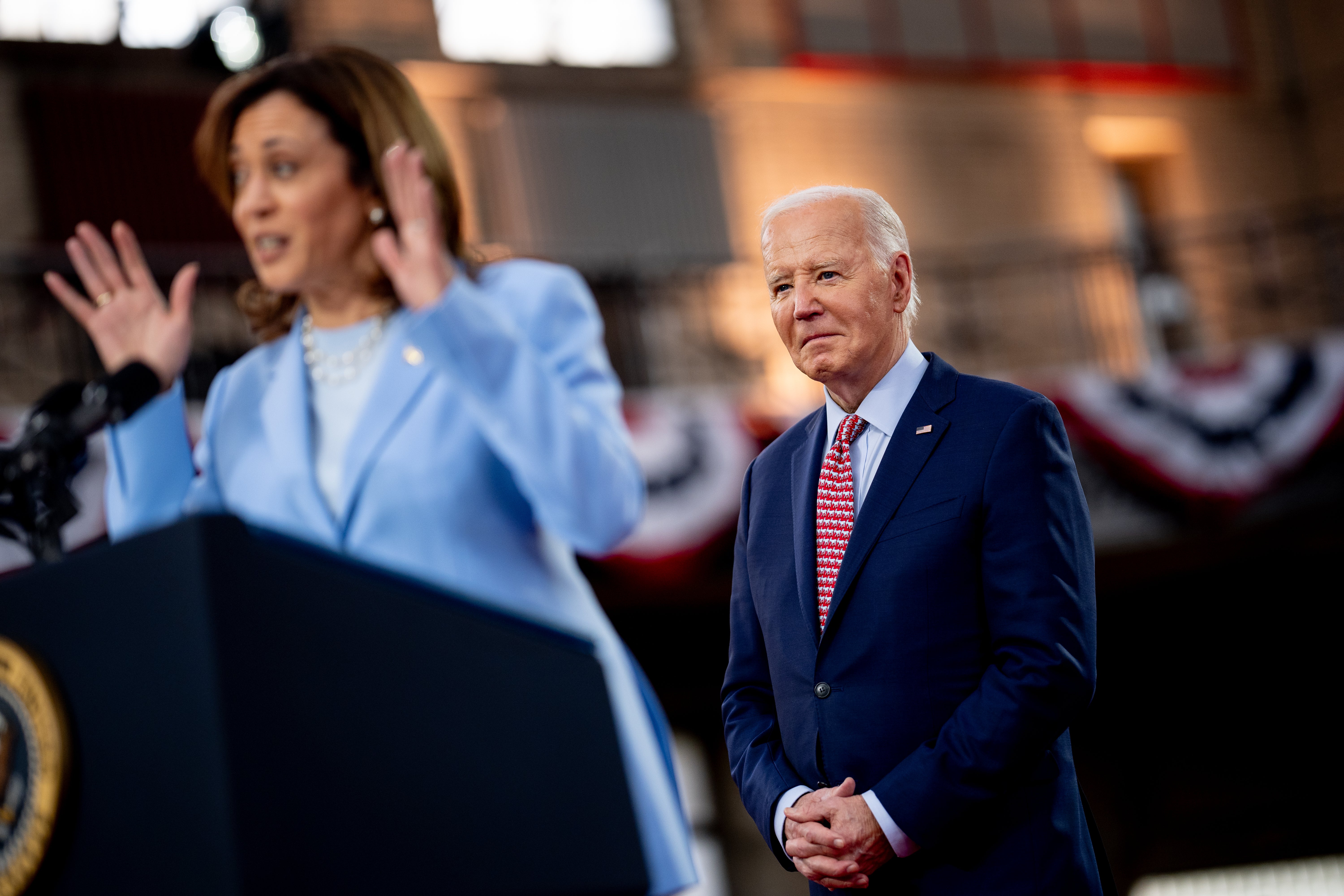
If there is no clear majority winner after a round of voting to determine the nominee in a first round, there are another 750 so-called “super delegates” — made up of elected officials, former DNC chairs and former Democratic presidents — who can cast their votes.
A candidate formally becomes the nominee “upon the conclusion of their acceptance speech,” according to DNC rules.
In a recent memo to Harrison, DNC member James Zogby outlined a campaign-like process leading up to a convention, underscoring “a process that is open, transparent, and energizing, while, at the same time, legitimate and democratic.”
A prospective candidate would need the backing of at least 40 DNC members, with at least four members from each region. There would then be a televised “campaign” leading up to the convention, culminating in a vote for the nominees.
It is not yet clear what the next few weeks will look like.
What happens to all that campaign cash?
The Biden-Harris 2024 campaign has amassed a sizable war chest which, combined with other Democratic-supporting organizations and political action committees, has more than $200 million at its disposal.
On July 21, the campaign notified the Federal Election Commission that it is now “Harris for President.”
The campaign has roughly $90 million in cash on hand, according to government records. Harris and her not-yet-announced running mate can now tap into that cash.
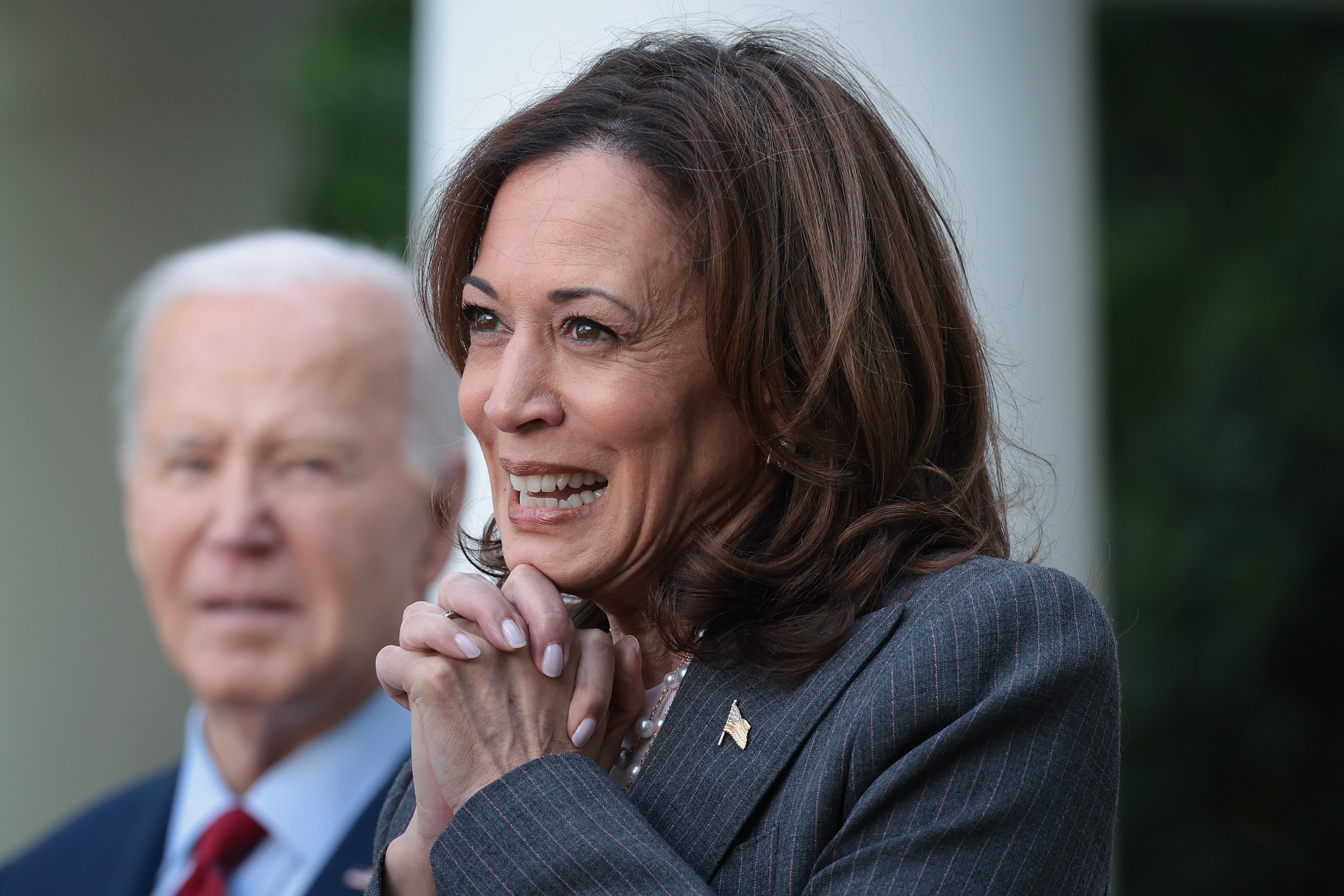
Donors who did not want Biden to leave the race can theoretically try to get their money back, though there is no guarantee that they will, and no clear legal recourse that they can take.
Donations that supported Biden’s election during Democratic primaries, which he won, would stay with the campaign. Because he wasn’t formally selected as the nominee, any donations that followed the primary race would technically still apply to that period.
But what happens to the money if Harris doesn’t become the nominee?
This is where things get more complicated.
The massive cash pile from the Biden-Harris campaign does not automatically transfer to another nominee, if party delegates nominate someone other than Harris to take on Trump.
Under campaign finance laws, the campaign would only be able to transfer a maximum contribution of $2,000 to a new candidate. The campaign could also try to turn itself into a PAC, but it likely wouldn’t be worth the effort, and contribution limits — though slightly higher — would still apply.
The campaign could also try to do as Michael Bloomberg did in 2020, when he ran a failed campaign for the Democratic nomination. His self-funded campaign had roughly $18 million left over, which he then transferred to the DNC to support whoever ended up on the ticket and other Democratic campaigns. That move appeared to flout individual contribution limits, drawing criticism from government watchdogs, but he didn’t face any penalties, leaving open a door for a cash-flush campaign to support someone else who would effectively be starting at zero.




